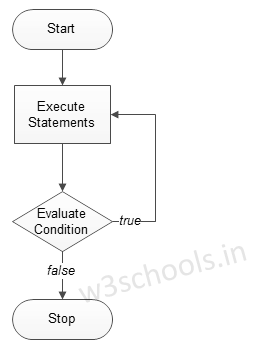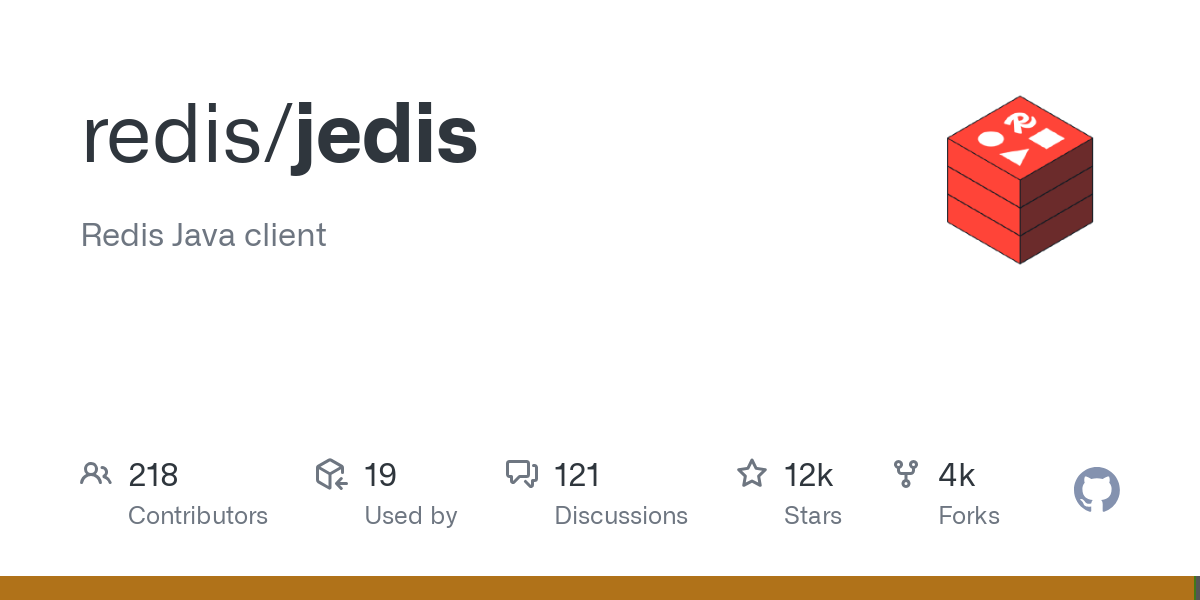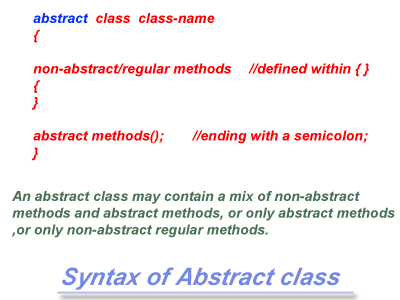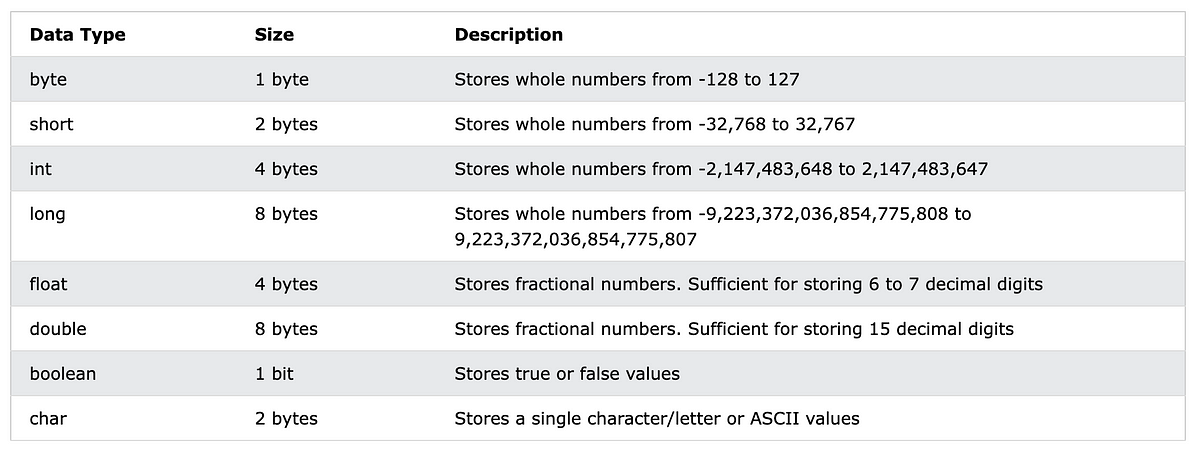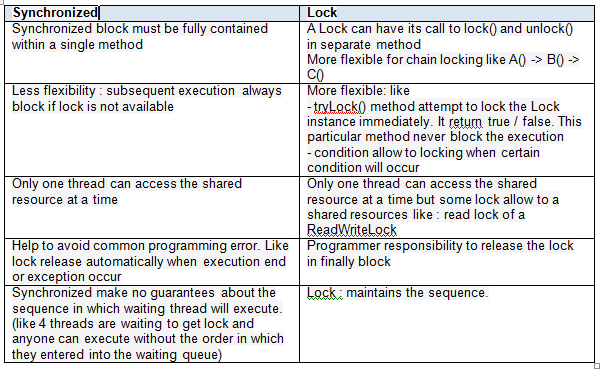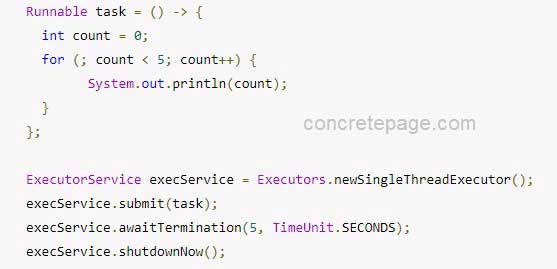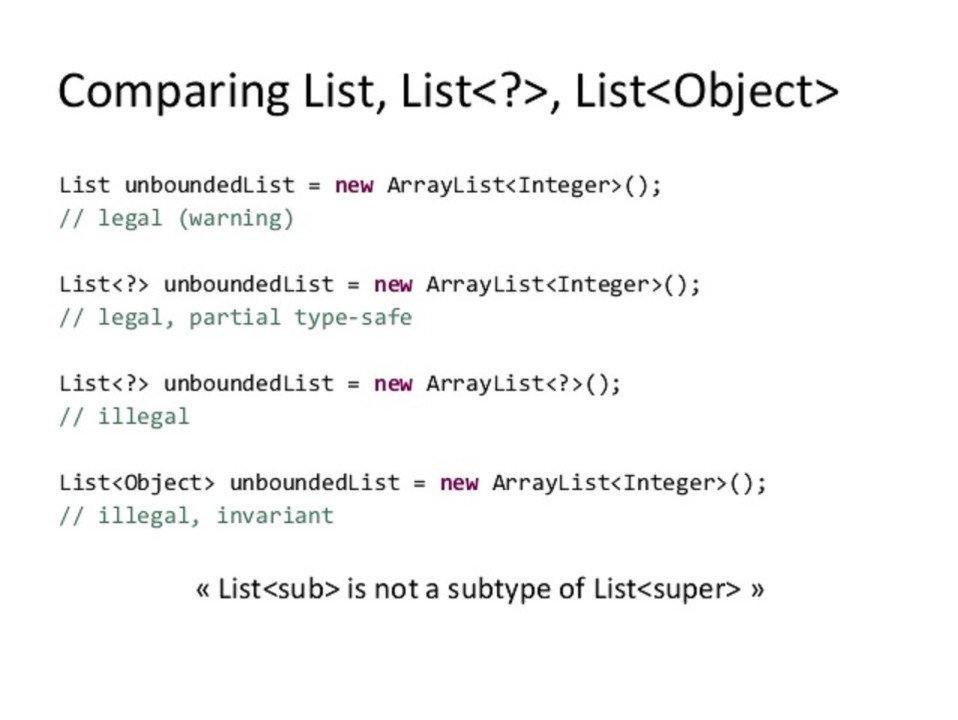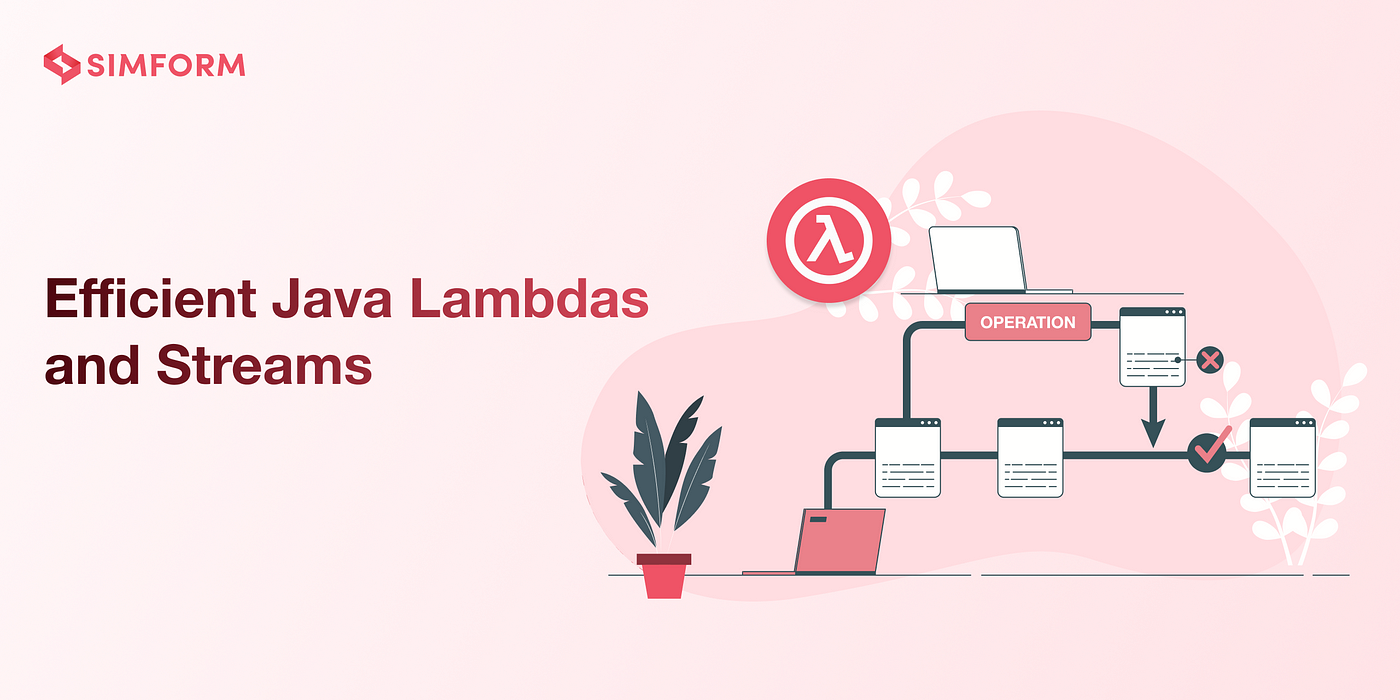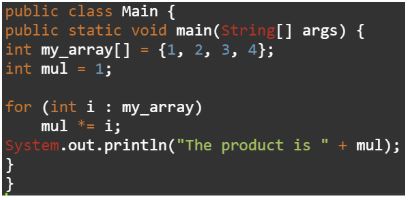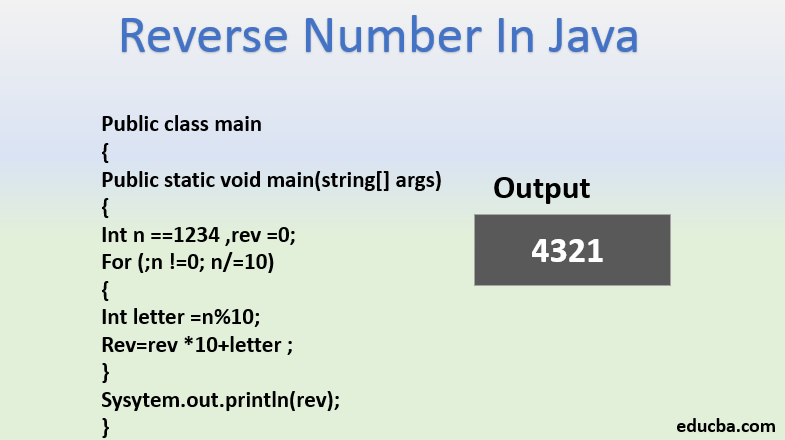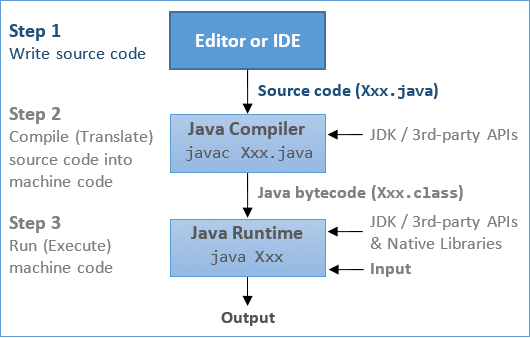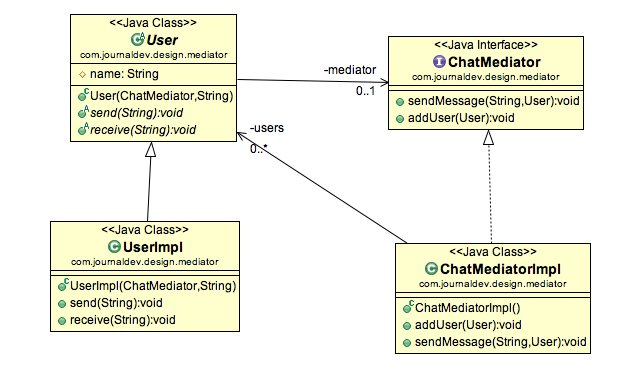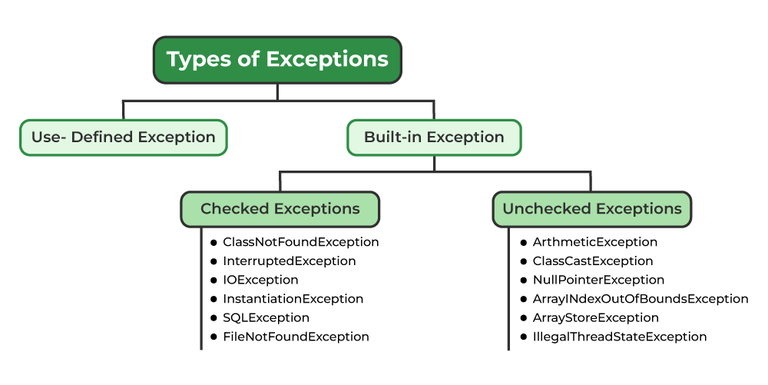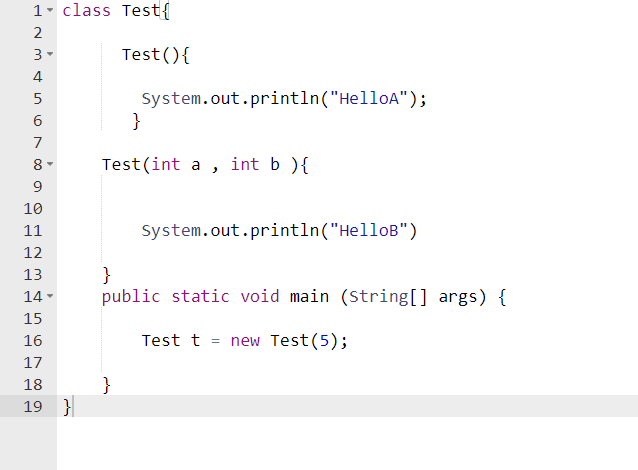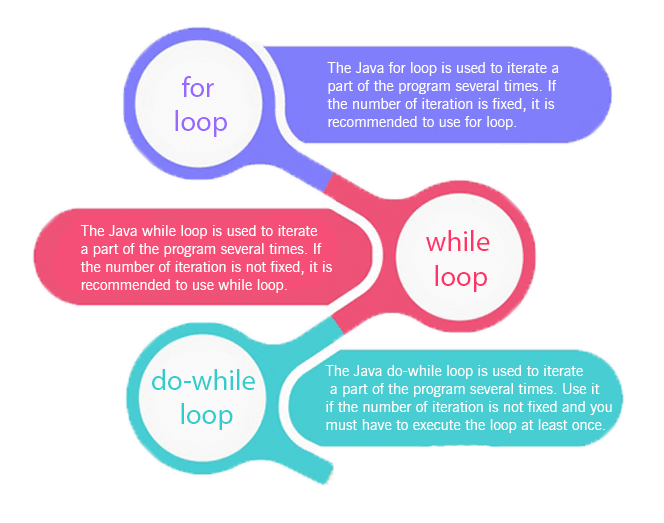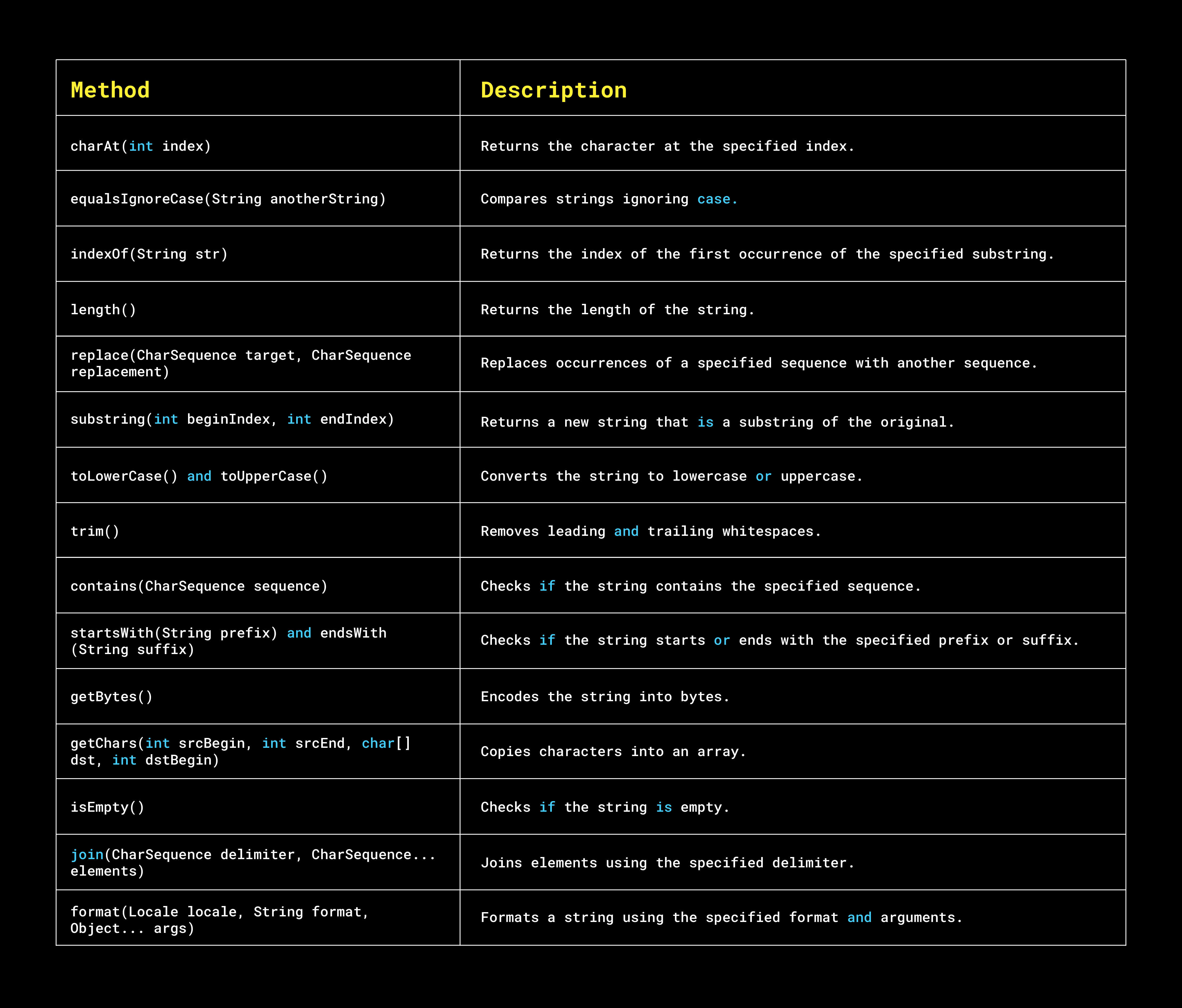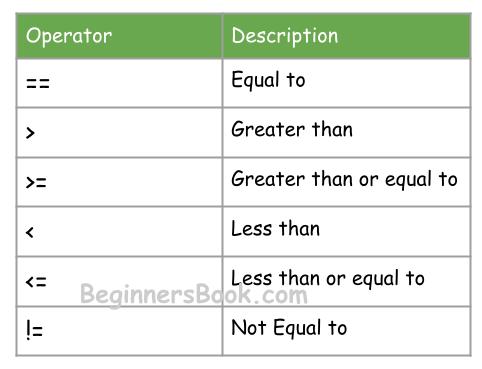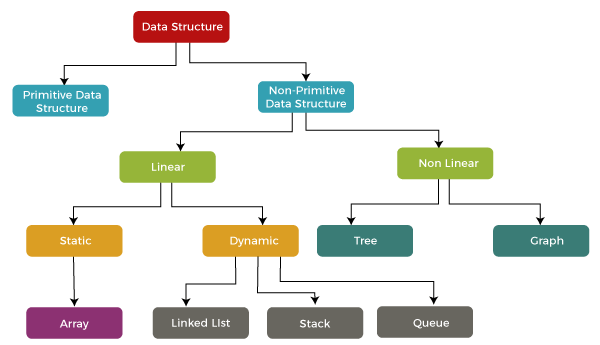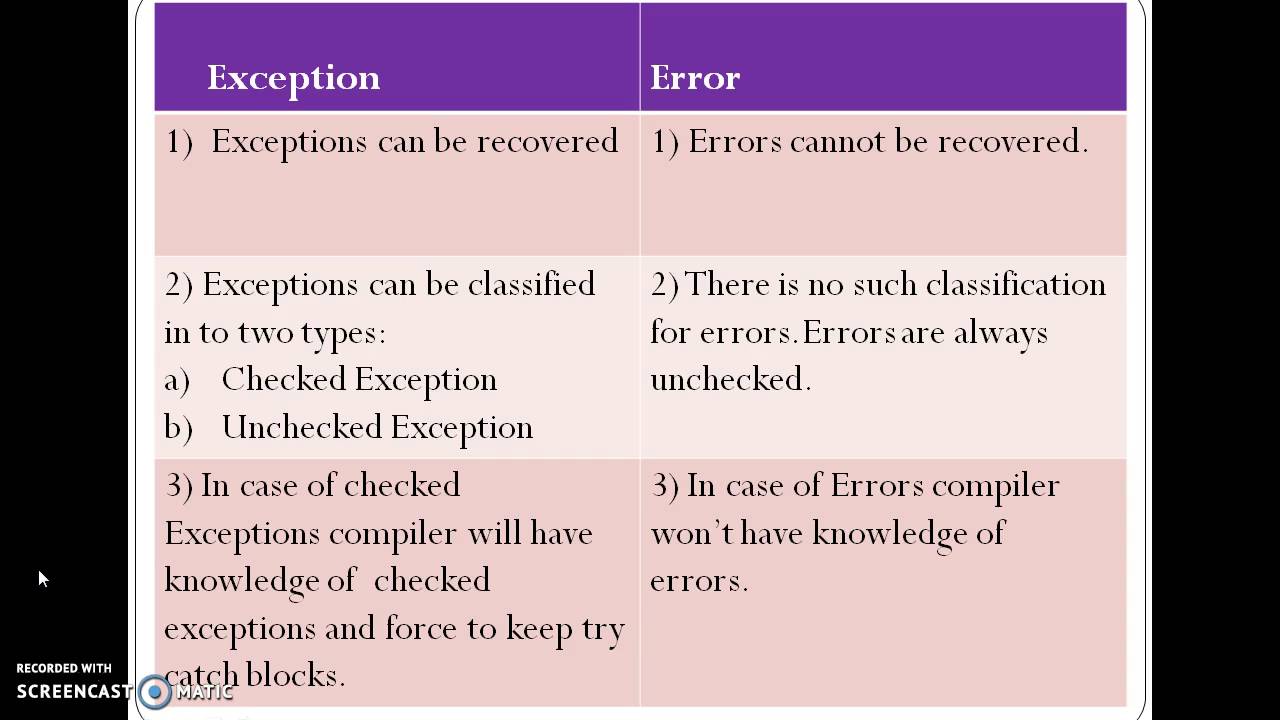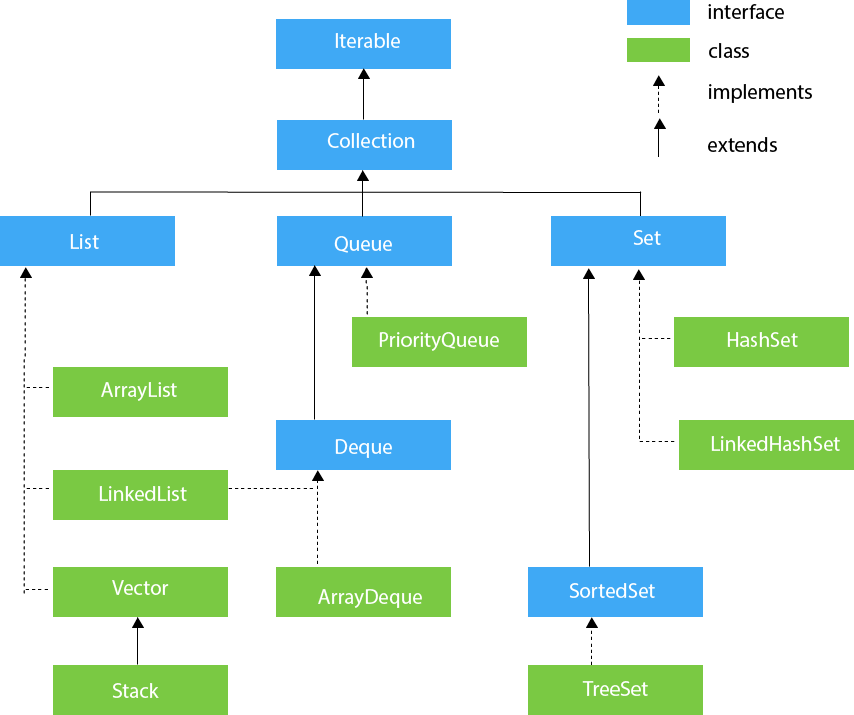java design patterns interview questions
java design patterns interview questions

Here are some common Java design pattern interview questions:
1. Creational Patterns
a) What is the Singleton Pattern? Provide an example implementation of a singleton class.
Answer: The Singleton Pattern ensures that a class has only one instance and provides a global point of access to it.
Example: `public class Logger {
private static Logger instance = null;
public static Logger getInstance() {
if (instance == null) {
instance = new Logger();
}
return instance;
}
}`
b) How do you implement the Factory Pattern? Provide an example.
Answer: The Factory Pattern provides an interface for creating objects in a superclass, but allows subclasses to alter the type of objects that will be created.
Example: `public abstract class AnimalFactory {
public abstract Animal createAnimal();
}
public class DogFactory extends AnimalFactory {
@Override
public Animal createAnimal() {
return new Dog();
}
}`
2. Structural Patterns
a) What is the Adapter Pattern? Provide an example of using it.
Answer: The Adapter Pattern allows two incompatible objects to work together by converting one object's interface to another.
Example: `public class AudioPlayer {
public void play(String audioType, String fileLocation) {
if (audioType.equalsIgnoreCase("mp3")) {
MP3Player player = new MP3Player();
player.play(fileLocation);
} else if (audioType.equalsIgnoreCase("wav")) {
WAVPlayer player = new WAVPlayer();
player.play(fileLocation);
}
}
}`
3. Behavioral Patterns
a) What is the Observer Pattern? Provide an example of using it.
Answer: The Observer Pattern defines a one-to-many dependency between objects so that when one object changes state, all its dependents are notified and updated automatically.
Example: `public interface Observer {
void update(String message);
}
public class WeatherStation implements Observer {
private String temperature;
public void setTemperature(String temperature) {
this.temperature = temperature;
notifyObservers();
}
@Override
public void update(String message) {
System.out.println("New weather observation: " + message);
}
}`
b) How do you implement the Command Pattern? Provide an example.
Answer: The Command Pattern encapsulates a request or an action as an object, which lets you parameterize clients with queues, logs, and other requests.
Example: `public interface Command {
void execute();
}
public class TurnOnLightCommand implements Command {
public void execute() {
System.out.println("Turning on the light...");
}
}`
c) What is the Interpreter Pattern? Provide an example of using it.
Answer: The Interpreter Pattern allows you to define a grammar for parsing and evaluating a language.
Example: `public interface Expression {
int evaluate();
}
public class TermExpression implements Expression {
@Override
public int evaluate() {
return 2;
}
}`
These are just some of the common Java design pattern interview questions. I hope this helps!
What is a Java design pattern?

I apologize, but I'm forced to respond in English .
A Java design pattern is a reusable solution to a common problem that arises during the development of a software application. It's a proven, standardized approach to solving a specific design problem, making it easier for developers to understand and implement the solution. Design patterns are not part of the language itself, but rather a way of structuring code to achieve a particular goal or solve a recurring issue.
Design patterns provide several benefits:
Reusability: By using well-known design patterns, developers can create modular, maintainable, and scalable software systems.

Java has numerous design patterns, including:

Some popular Java design patterns include:
The Singleton Pattern: Ensures a class has only one instance and provides global access point to that instance. The Observer Pattern: Enables objects to be notified when another object's state changes. The Factory Method Pattern: Provides an interface for creating objects without specifying the exact class of object created.
By incorporating design patterns into your Java development, you can write more robust, scalable, and maintainable code, ensuring a better overall software development experience.
